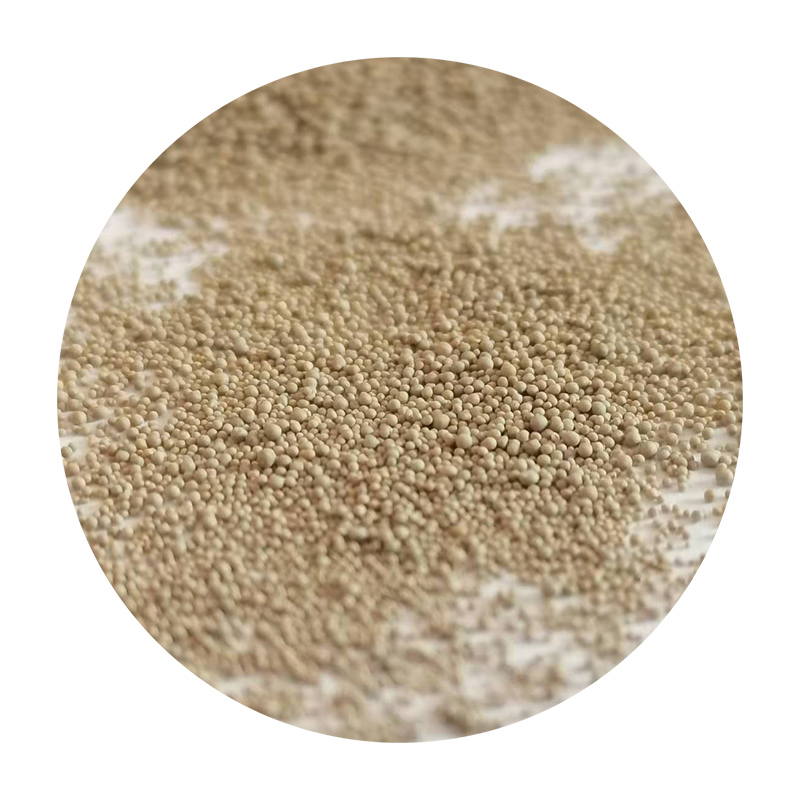Wet Sand 3D Printing A Revolutionary Approach to Sustainable Construction
In recent years, the construction industry has witnessed a remarkable transformation with the advent of 3D printing technologies. Among the various materials being used, wet sand has emerged as a promising candidate for sustainable building. This technique combines traditional construction methods with innovative 3D printing processes, resulting in structures that are not only environmentally friendly but also economically viable.
The Science Behind Wet Sand 3D Printing
Wet sand 3D printing leverages the unique properties of sand when combined with a binding agent. The process typically involves the use of wet sand mixed with a polymer or other binders, creating a malleable substance that can be easily shaped and layered. A computer-controlled printer then extrudes this mixture layer by layer, crafting intricate designs and complex geometries that traditional construction methods struggle to achieve.
At its core, this technology is designed to reduce the environmental impact of construction. Traditional building materials such as concrete have significant carbon footprints due to their manufacturing processes. In contrast, wet sand 3D printing utilizes locally sourced sand, minimizing transportation emissions and reducing the reliance on heavy machinery.
Advantages of Wet Sand 3D Printing
1. Sustainability The most compelling advantage of wet sand 3D printing is its sustainability. By using sand – an abundant and natural resource – and minimizing waste, the process supports eco-friendly building practices. Additionally, the binding agents used can be engineered to be biodegradable or environmentally benign, further reducing the ecological footprint.
2. Cost-Effectiveness Building with 3D printing technology can drastically cut construction costs. Unlike traditional methods that require large teams of laborers and extensive materials, wet sand printing can often be executed by smaller teams with specialized training. The precision of 3D printing reduces the risk of material waste, thus lowering overall expenditure.
wet sand 3d print

3. Design Flexibility Wet sand 3D printing allows for greater creative freedom. Architects and designers can experiment with shapes and structures that were previously deemed impractical or too costly. This freedom can lead to more innovative architectural solutions and aesthetic designs that enhance the functionality and beauty of the built environment.
4. Rapid Construction Time is money in the construction industry, and wet sand 3D printing significantly accelerates the building process. With the ability to produce structures layer by layer in a matter of hours or days, projects can be completed far more quickly than through conventional methods. This rapid turnaround can be particularly beneficial in emergency situations or areas requiring immediate shelter.
Challenges and Future Prospects
Despite its many advantages, wet sand 3D printing is not without challenges. The technology is still in its infancy, and the development of robust and effective binding agents is crucial for enhancing the durability and longevity of structures. Additionally, the regulatory framework surrounding 3D printed buildings is still evolving, with many jurisdictions lacking clear guidelines on safety and building codes.
However, the future prospects for wet sand 3D printing are promising. As research and development continue, we can expect advancements that would overcome current limitations. For instance, innovations in material science could lead to the creation of stronger and more resilient binding agents that could withstand environmental stresses. Furthermore, collaborations between architects, engineers, and material scientists will pave the way for more sustainable practices in the built environment.
Conclusion
Wet sand 3D printing represents a groundbreaking advancement in the field of construction, marrying sustainability with innovation. As we confront the pressing challenges of climate change and resource depletion, embracing such technologies will be paramount. By reducing waste, lowering costs, and enhancing design possibilities, wet sand 3D printing stands to revolutionize how we think about building and constructing our future. The marriage of technology and nature in this format not only holds promise for the construction industry but is a step towards creating a more sustainable and resilient world.
Post time:אוק . 10, 2024 13:47
Next:Understanding the Process of Producing High-Quality Foundry Sand for Industrial Use
